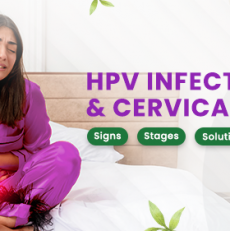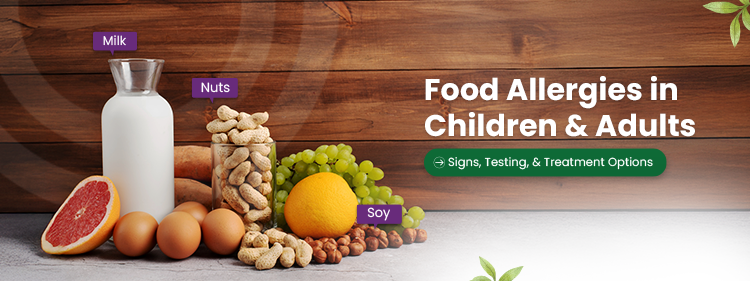
May 9, 2025
HPV Infection and Cervical Cancer: Signs, Stages, and Solutions.
347-843-0789
doctors@doctorstohealth.com

As a physician, I see firsthand how confusing and even frightening food allergies can be especially when they appear suddenly or in young children. Whether you’re a parent trying to understand your child’s symptoms, or an adult experiencing new reactions, this guide is here to offer clarity, reassurance, and practical next steps.
A food allergy happens when the body’s immune system mistakenly identifies a certain food as harmful and overreacts. Unlike food intolerances, which may cause discomfort, food allergies can lead to serious and sometimes life-threatening symptoms. These reactions can affect the skin, gastrointestinal tract, respiratory system, or even the cardiovascular system.
Reactions typically occur within minutes to two hours after eating the offending food. They may include:
–> Skin: hives, redness, swelling, itching, or eczema flare-ups
–> Gastrointestinal: stomach pain, vomiting, diarrhea
–> Respiratory: coughing, wheezing, nasal congestion, shortness of breath
–> Swelling: lips, tongue, face, or throat
–> Anaphylaxis: a rapid, severe reaction that can involve difficulty breathing, drop in blood pressure, or loss of consciousness this is a medical emergency requiring immediate treatment
In children, signs may also be subtle irritability after eating, refusal to eat certain foods, or skin changes after meals.
While technically any food can cause an allergy, eight foods are responsible for the majority of reactions:
–> Milk
–> Eggs
–> Peanuts
–> Tree nuts (e.g., walnuts, cashews)
–> Soy
–> Wheat
–> Fish
–> Shellfish
It’s important to note that some children may outgrow certain allergies (such as milk or egg), while others particularly peanut or tree nut allergies tend to persist into adulthood.
If you suspect a food allergy, please don’t try to self-diagnose or eliminate foods without medical guidance. Here’s how we typically diagnose allergies:
–> Medical History & Symptom Review
We begin with a detailed discussion about symptoms, timing, suspected foods, and any family history of allergies.
–> Skin Prick Test
Small amounts of potential allergens are introduced to the skin to observe for a reaction. It’s quick, safe, and informative.
–> Blood Test (IgE Testing)
This looks for allergy-specific antibodies in the blood.
–> Elimination Diet
Under supervision, suspected foods are removed from the diet and gradually reintroduced.
–> Oral Food Challenge
In a controlled medical setting, the patient consumes gradually increasing amounts of the suspected allergen while we monitor for reactions. This is considered the most accurate method for diagnosis.
While there is no cure yet, food allergies can be safely managed with the right precautions:
–> Avoid the allergen completely – this includes reading ingredient labels carefully and being cautious when eating out.
–> Emergency medications – individuals at risk of severe reactions should carry an epinephrine auto-injector (such as an EpiPen) at all times.
–> Antihistamines – helpful for mild symptoms like itching or hives.
–> Oral Immunotherapy (OIT) – a newer treatment being offered in some clinics. This involves gradually increasing exposure to the allergen to help build tolerance, under strict medical supervision.
Food allergies require some adjustments, but with proper education and a strong support system, children and adults can lead full, active lives. Teaching kids how to speak up about their allergies, creating safe meal routines, and staying up-to-date on the latest treatments can all make a significant difference.
If you or your child is experiencing symptoms that suggest a food allergy, I strongly encourage you to consult with an allergist or your primary care physician. Early diagnosis not only helps prevent dangerous reactions, it also brings peace of mind.
There is no substitute for personalized medical advice, but I hope this guide gives you a clearer understanding of what food allergies look like, how we test for them, and how we can help you manage them safely.

Leave a comment